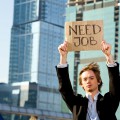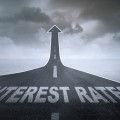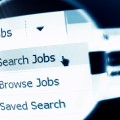With a solid November jobs report signaling a strengthened economy, the last hurdle standing in the way of the Federal Reserve announcing the first rate hike in almost a decade has been removed. Analysts predict that hike is all but carved in stone as the Fed prepares for its final meeting of the year.
The U.S. Department of Labor released its November jobs report Dec. 4, which shows nonfarm payroll gains of 211,000 jobs during the previous month. Seasonally adjusted numbers show solid growth year-over-year with November 2014 coming in at 248,844 versus November 2015’s 251,747 job numbers.
While job gains were strong, the unemployment rate remained steady at an estimated 5%, or 7.9 million. That figure has shown improvement over the last 12 months, however, dropping by 1.1 million.
You Might Also Enjoy: New Rule Limits Federal Reserve Bailout Power
Some industries showed stronger growth than others in November. Those demonstrating significant gains included:
- Construction – Increase of 46,000 jobs for the month
- Professional and technical services – 28,000 gain
- Health care – 24,000 gain
- Food services – Up an estimated 32,000
- Retail trade – Up 31,000
Mining and information both witnessed losses for the month. Mining declined by 11,000, which follows the trend over the past year. The information arena shed 12,000 jobs in November.
The overall gains signal that the American job market is holding strong. This, analysts say, was the last hurdle standing in the way of a Fed deciding to issue a rate hike. As Phil Orlando, chief equity strategist at Federated Investors, told The New York Times, it’s a “green light from our perspective.”
The move to raise rates is prompted by a desire to keep the economy on track while enabling sustained growth and price stability. It is also hoped a hike will reduce uncertainty in regard to monetary policy, Patrick T. Harker, president of the Federal Reserve Bank of Philadelphia, said during a Fed conference.
All questions will be answered when the Fed meets on Dec. 16. Should the decision to be made to raise the benchmark interest rates beyond the current 0%-0.25%, the move would be a first since June 2006.






